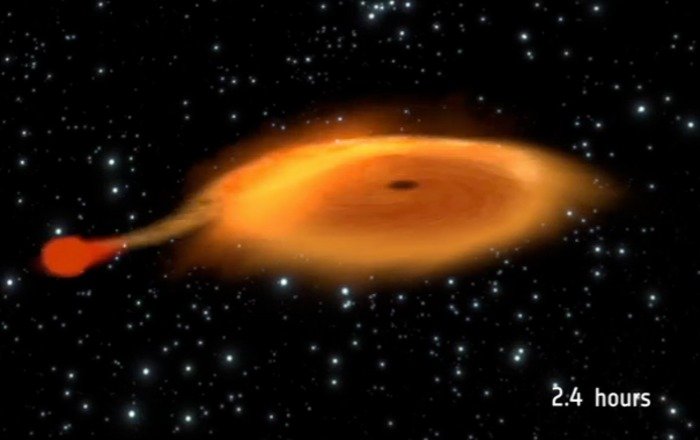PARIS, March 19 (UPI) -- A star and a black hole are orbiting each other at the rate of once every 2.4 hours, smashing the previous record by nearly an hour, European astronomers say.
The black hole in this compact pairing discovered by the European Space Agency's XMM-Newton space telescope is at least three times more massive than the Sun while its red dwarf companion star has a mass only 20 percent that of the Sun, and the pair is separated by only around 600,00 miles, a release from ESA's Paris headquarters reported Tuesday.















